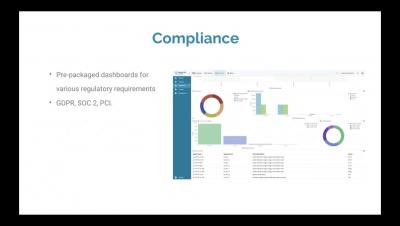Operations | Monitoring | ITSM | DevOps | Cloud
%term
Advanced Mitigation Techniques to Stop DDoS Attacks in Their Tracks
In our last blog post, we learned what the Distributed Denial of Service (DDoS) attack is, and examined the DDoS picture globally. As we walked through some recent and well-known cases, we also surveyed a range of attack types and drilled down to specific examples. In this article, we’ll study the mitigation techniques you’ll need to resist these attacks. You’ll learn: 1. How to avoid becoming a bot; 2. How to prepare your own network for the possibility of an attack and finally; 3.
The 2019 State of IT Careers: Diving into data on the IT job market
With favorable economic conditions in many countries, unemployment rates in the U.S. and UK at historically low levels, and tech workers in high demand, indicators suggest it should be a good time for IT professionals to get ahead in their careers. But how many businesses are currently hiring, and what types of IT skills are in demand? And how optimistic are IT pros that they’ll be able to get a raise, or move on to a better job within next year?
Intro to Opsgenie, Nov 7
PagerDuty Summit 2018 - Product Innovation Keynote
Incidents as we Imagine Them Versus How They Actually Are with John Allspaw
PagerDuty Summit 2018 - Opening Keynote
How to Troubleshoot the 33+ Stages of the Citrix Logon Process
Troubleshooting Citrix XenApp and XenDesktop logon duration is challenging because it’s a complex process, it’s asynchronous, meaning multiple things are happening simultaneously, and it’s also variable. Some logons will have 33 sub-steps in the process, and others will have more than 50. Any technology that doesn’t offer visibility into all the sub stages can only show that there is a general problem and not the true root cause of the issue.
Disable Unused IAM Access Keys Action
According to Best Practices for Managing AWS Access Keys, if you must utilize IAM access keys, it is best to remove or disable unused keys. This will close possible security holes in your AWS account. Today, we’re happy to announce a new action to help with this task: Disable Unused IAM Access Keys. This new action will iterate through the IAM users in your AWS account, determine when any access keys were last used, and if they were not used inside a configurable threshold, disable the keys.











